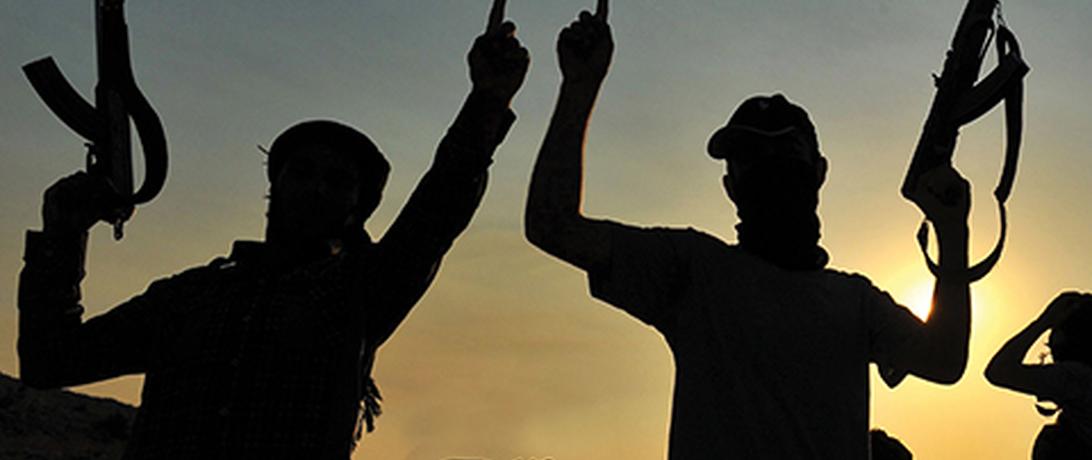
Though historically the number of armed conflicts has been declining, there has been a recent surge in ongoing civil wars. Intrastate armed conflicts therefore represent a persistent and dangerous threat to global stability.
Key Findings
Breaking from past studies, our report examines recent trends in civil war dynamics. Leveraging publicly available dataset, this report provides a comprehensive look at how rebel group strategies have shifted in the 21st century. Findings include detailed analyses on recent trends in rebel group structure, the location of armed violence, as well as rebel tactics. Our report also provides unique policy suggestions to deal with these evolving risks.
- Though insurgency (i.e. asymmetric warfare) remains the modal form of war, growing global instability creates opportunities for insurgents to pursue more conventional (and deadly) campaigns.
- Civilian victimization may be more common during periods of greater instability. Actions pursued by the international community to manage conflicts (such as military interventions) may inadvertently increase the number of civilians targeted by rebel groups.
- Contrary to popular perceptions, most civil war violence (particularly battles between rebels and the government) is moving further away from major cities.
- Rebel organizations are becoming more decentralized and more religious. This trend presents unique challenges to the international community’s efforts to generate diplomatic solutions to ongoing armed conflicts.